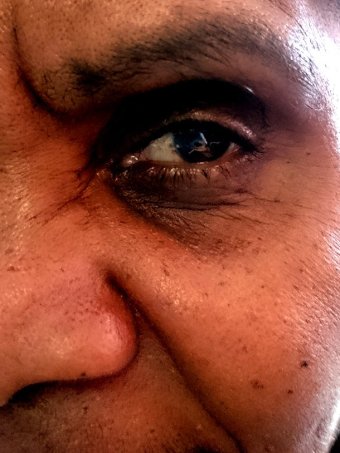The report, published in the Medical Journal of Australia, said a roadmap to close the gap for vision was launched in 2012, and since then there have been some improvements.
A national program for trachoma control had reduced the prevalence of the condition in Indigenous children from 14 per cent in 2009 to 4 per cent in 2013, and 12 regions covering about 35 per cent of Indigenous Australians had begun activities required under the roadmap.
There has also been more eye care delivered through Aboriginal Medical Services and eye health training courses have been delivered for Aboriginal health workers, the report said.
But the report said more still needs to be done to reduce the gap on eye health.
“Demonstrable gains are being made and there is growing momentum around the roadmap initiatives, but much remains to be done, and increased government support is required,” the report by health experts from the University of Melbourne said.
“With concerted multi-sectoral effort, political will and a commitment to establishing a sustainable eye care system, the gross disparities in eye health that exist between Indigenous and non-Indigenous Australians can be eliminated,” it said.
Improving Indigenous eye health can have flow-on impacts, according to the report.
“The child who can see the blackboard and the adult who can drive and participate in gainful employment have opportunities to improve their circumstances,” it said.
It said vision also affects independence in activities of daily living and the ability to administer medication and manage other health issues.
Vision loss accounts for 11 per cent of the health gap between Indigenous and non-Indigenous Australians.

